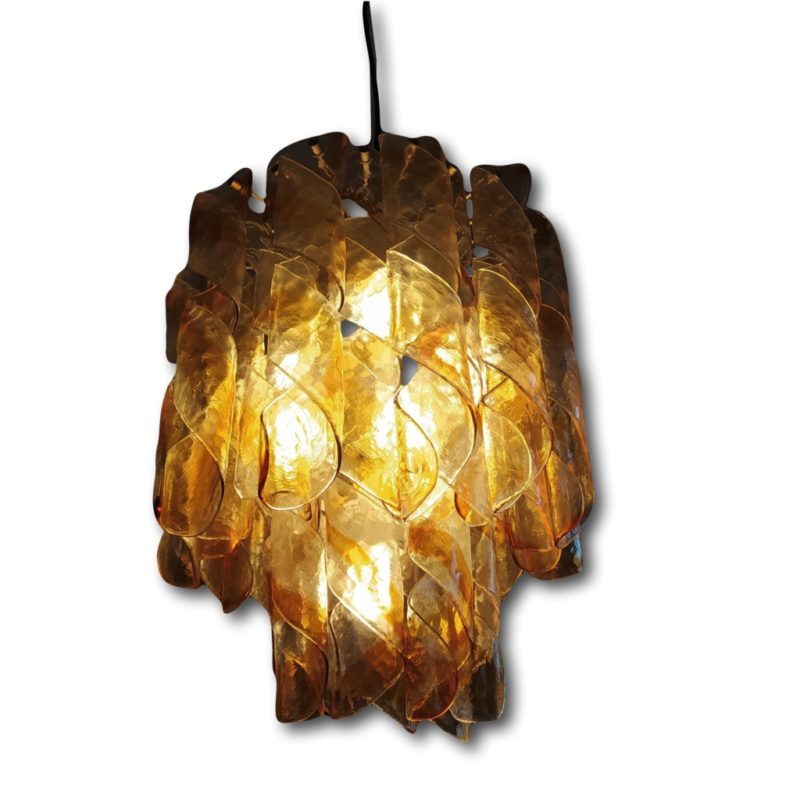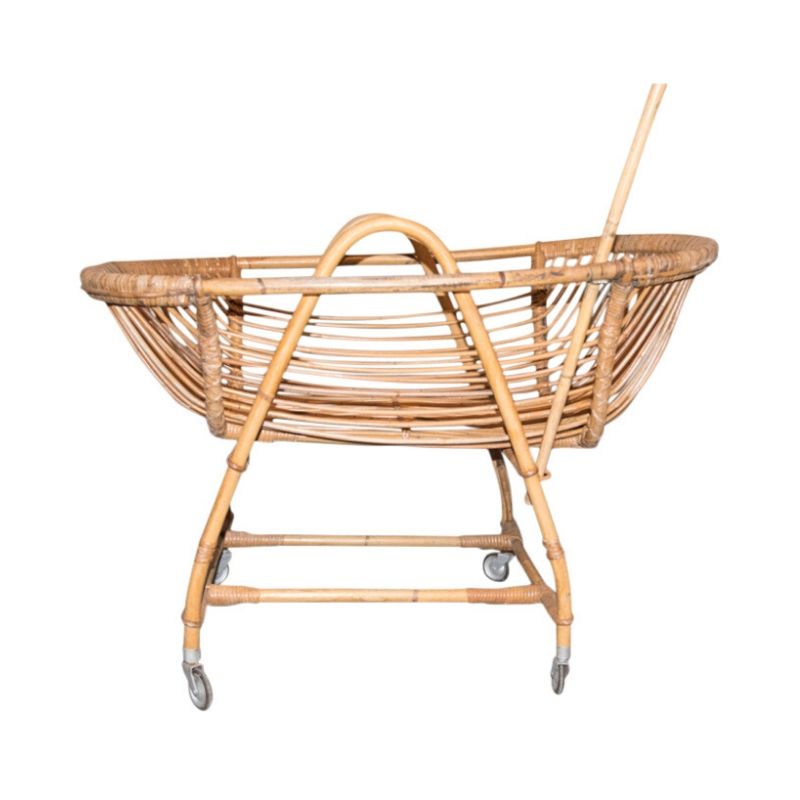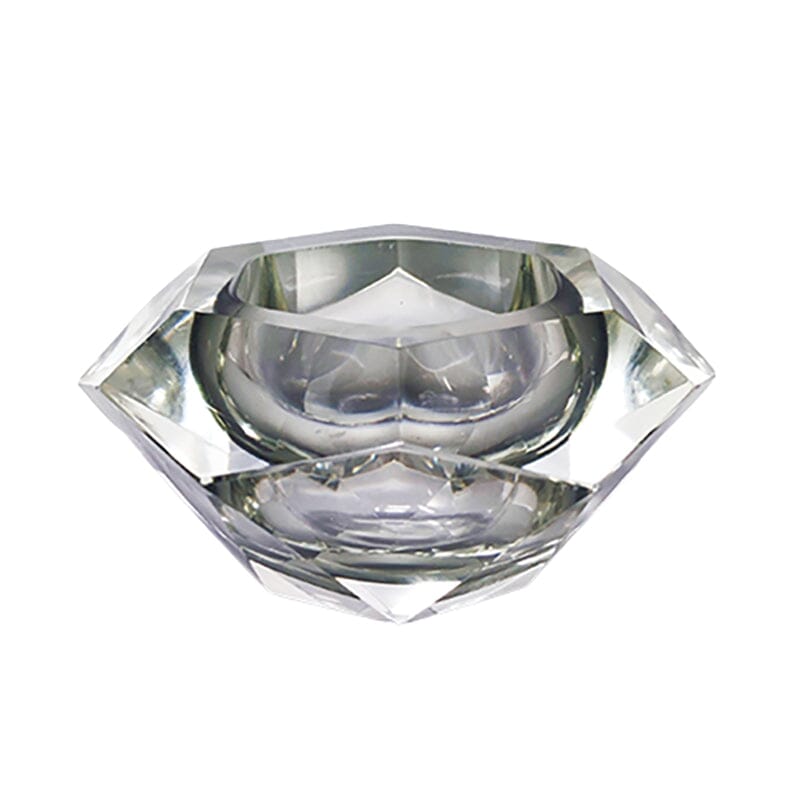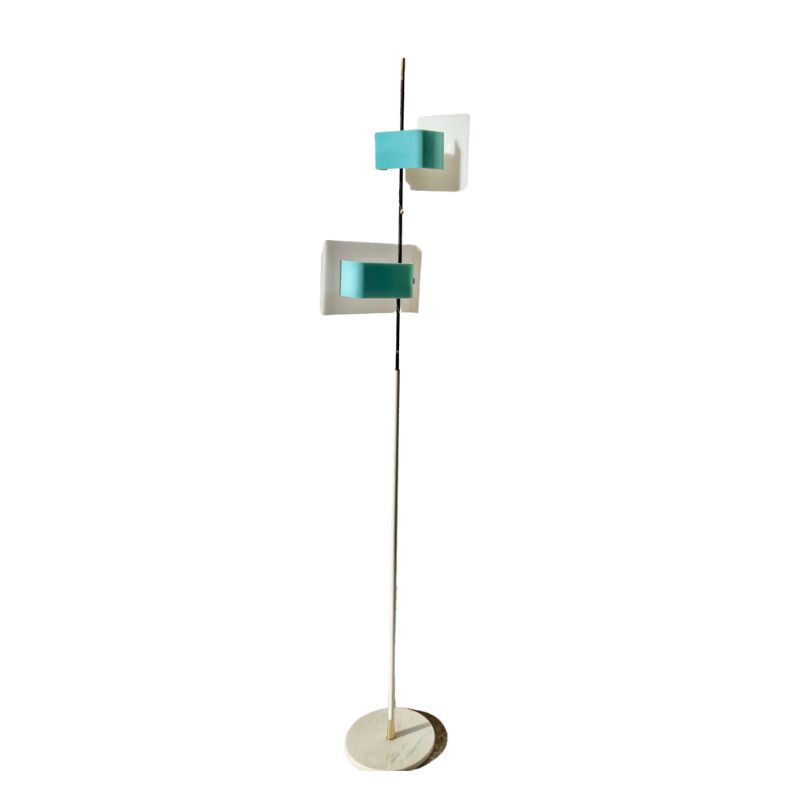?
Not sure if I understand your problem-- you have a lamp that requires a plug, and the electrical cord has three wires as opposed to the more common two-wire type?
I think you simply need a three-wire plug-- the third wire is a grounding wire, I imagine. (Is it an enormous lamp?)
Were it me, I'd take it to my local hardware store and ask their advice-- they ought to be able to direct you to the appropriate plug and instruct you exactly how to proceed.
sorry
I'm in the UK, It's an original anglepoise lamp, but i didn't come with a plug.
Unlike the modern wiring colourings it has a black wire, one that i'm pretty sure is the earth wire and then a brown. just didn't know about the old wiring styles.If you could help that would be great.
Thanks for all your input, it's much obliged.
.
Dear Thomas:
If you have TWO wires, (black n brown as you said), I'm pretty sure there is no earth / grounding wire. As WHC suggested. Earth wire is for the THREE wires cord. And as said it's for hard machines (TVs, machines, etc) and not needed for lamps (at least all the ones I saw).
Black & Borwn and Earth
is an odd combination; the old style wiring was usually Black and Red- modern being Brown and Blue.
In modern wiring the Blue goes to the bottom left, and the Brown (Live) wire goes to the bottom right where the fuse is. The earth always goes to the top
http://www.diynot.com/pages/el/el001.php
Safety
Thomas, here's how the lamp must be wired; any other arrangement is dangerous and can kill you:
1. The HOT wire goes from the bulb socket's central "button" contact to one side of the lamp's on/off switch. The wire from the other side of the switch goes to your UK plug's bottom-right (fuse) terminal.
2. The NEUTRAL wire goes from the threaded shell of the bulb socket directly to the plug's bottom-left terminal.
3. The PROTECTIVE EARTH wire must be fastened to the lamp's chassis and insulated from the other two wires; it goes directly to the plug's top terminal.
There are two ways to determine whether your lamp is wired properly: You can use a multimeter or you can just inspect it visually. Visual inspection is slower, and it's also LESS certain than using a meter -- you may not see frayed insulation or broken solder joints, etc. -- but it's better than nothing, I guess.
If you can't satisfy yourself that the lamp is wired properly -- e.g., if you can't tell whether the wire from the switch is connected to the socket's threaded shell or to its central button -- then you MUST have a qualified electrician put a plug on your lamp. It's foolish to risk electrocution in order to save that minimal trouble and expense.
If you need any help, please contact us at – info@designaddict.com









